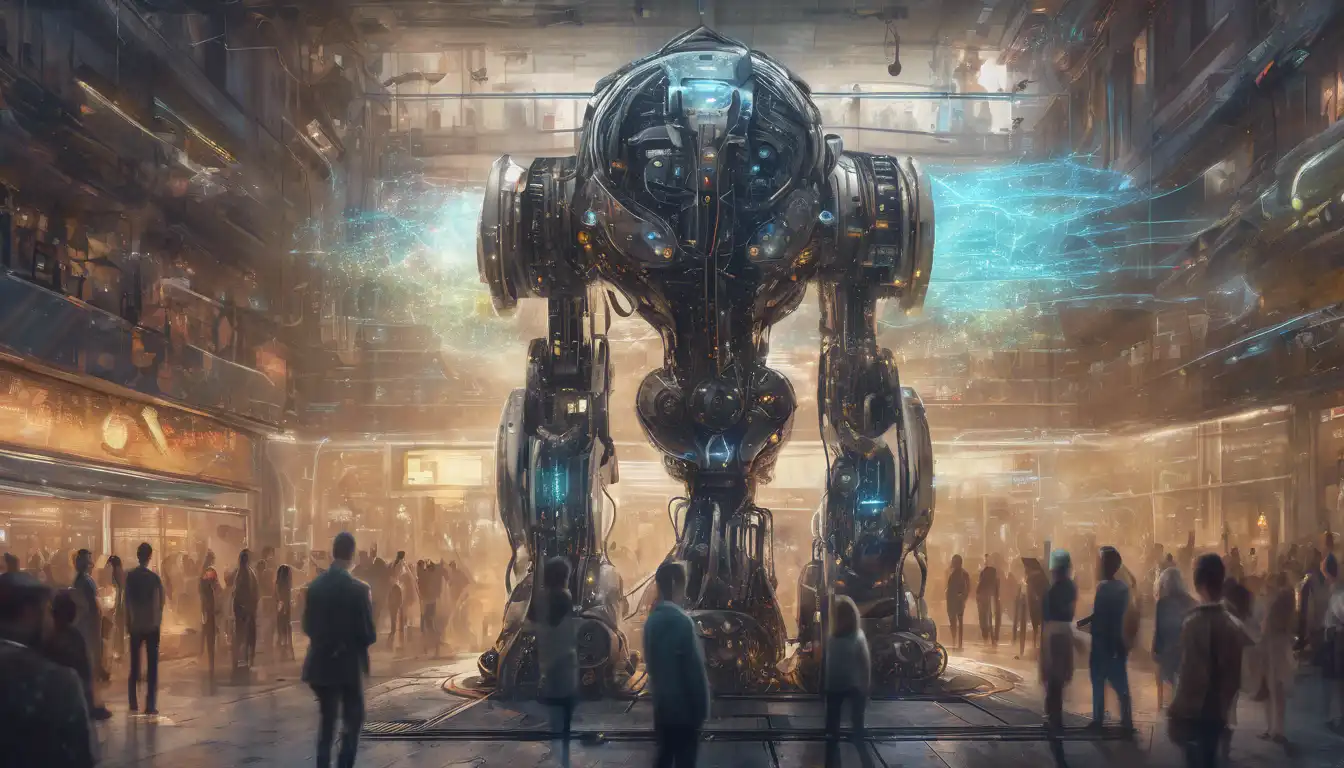Introduction to Machine Learning in Recommendation Systems
Machine learning has revolutionized the way we interact with technology, especially in the realm of recommendation systems. From streaming services to e-commerce platforms, machine learning algorithms are at the heart of personalized suggestions that enhance user experience. This article delves into how machine learning powers these recommendations, making them more accurate and personalized than ever before.
How Machine Learning Works in Recommendation Systems
At its core, machine learning in recommendation systems analyzes vast amounts of data to predict what a user might like or need next. These systems use various algorithms, including collaborative filtering, content-based filtering, and hybrid methods, to sift through data and identify patterns. By understanding user preferences and behaviors, machine learning can tailor recommendations to individual tastes, significantly improving engagement and satisfaction.
Collaborative Filtering
Collaborative filtering is one of the most popular techniques used in recommendation systems. It works by analyzing the behavior of similar users to make recommendations. For example, if User A and User B have similar viewing histories on a streaming platform, the system might recommend to User A a movie that User B enjoyed but User A hasn't watched yet.
Content-Based Filtering
Content-based filtering, on the other hand, focuses on the attributes of the items themselves. It recommends items similar to those a user has liked in the past. For instance, if a user frequently watches sci-fi movies, the system will recommend other movies within the sci-fi genre.
Hybrid Methods
Hybrid methods combine both collaborative and content-based filtering to leverage the strengths of each. This approach often results in more accurate and diverse recommendations, catering to a wider range of user preferences.
The Impact of Machine Learning on User Experience
Machine learning has significantly enhanced the user experience by providing more relevant and personalized recommendations. This not only increases user engagement but also boosts satisfaction and loyalty. Businesses benefit from higher conversion rates and increased revenue, making machine learning a win-win for both users and providers.
Future Trends in Machine Learning and Recommendations
The future of machine learning in recommendation systems looks promising, with advancements in AI and deep learning paving the way for even more personalized and accurate suggestions. As technology evolves, we can expect recommendation systems to become more intuitive, understanding not just what we like, but why we like it, and even predicting our future needs.
For more insights into how machine learning is transforming industries, check out our article on Machine Learning Transformations.
Conclusion
Machine learning is the powerhouse behind today's recommendation systems, driving personalization and accuracy to new heights. As algorithms become more sophisticated, the potential for even more tailored and insightful recommendations is limitless. The integration of machine learning in recommendation systems is not just enhancing user experience but is also setting new standards for how businesses engage with their customers.
